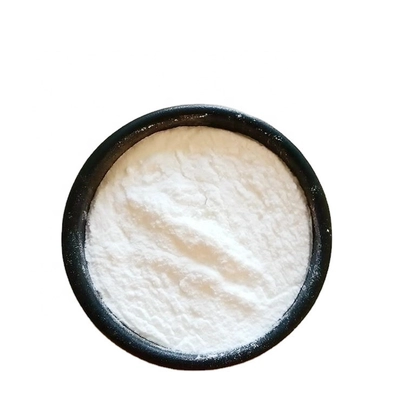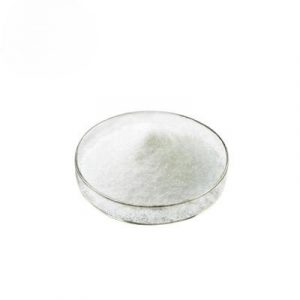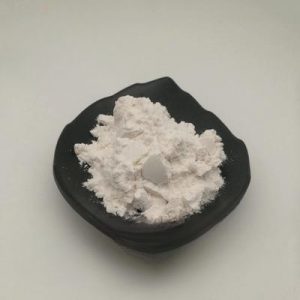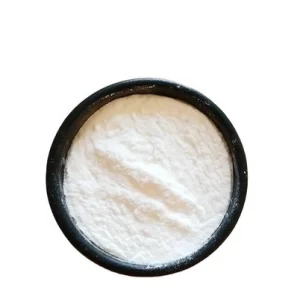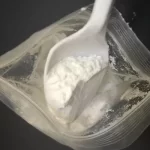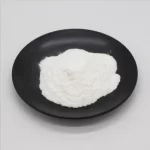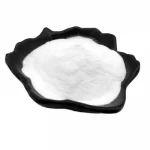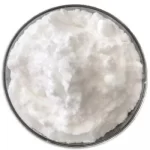Description
CAS 156-57-0 Pharmaceutical Intermediate Cysteamine Hydrochloride Powder
Description
| Cas: | 156-57-0 | Purity: | 99% |
|---|---|---|---|
| COA: | AVAILABLE | Color: | White |
| MF: | C2H8ClNS | MW: | 113.61 |
| EINECS: | 205-858-1 | ||
| High Light: |
CAS 156-57-0 Pharmaceutical Intermediate, 99% Cysteamine Hydrochloride Powder, ISO Cysteamine Hydrochloride Powder |
||
Direct Supply Pharmaceutical Intermediate Cysteamine Hydrochloride Powder Manufacturer CAS 156-57-0
| Product name | Cysteamine hydrochloride |
| CAS no. | 156-57-0 |
| Molecular Formula | C2H8ClNS |
| Molecular Weight | 113.61 |
| Brand Name | Changland |
Cysteamine hydrochloride is a chemical compound that is derived from the amino acid cysteine. It is also known by other names, such as mercaptamine hydrochloride or β-mercaptoethylamine hydrochloride. Cysteamine hydrochloride is commonly used in pharmaceuticals and as a laboratory reagent.
Function:
Cystinosis Treatment: One of the primary applications of cysteamine hydrochloride is in the treatment of cystinosis, a rare genetic disorder that affects the transport of cystine, an amino acid, out of cells. Cysteamine hydrochloride helps to reduce the accumulation of cystine crystals in various tissues and organs, slowing down the progression of the disease and improving symptoms.
Ophthalmic Use: Cysteamine hydrochloride eye drops are used in the treatment of corneal cystine crystal deposits caused by cystinosis. These eye drops help to break down and remove the cystine crystals from the cornea, preventing or minimizing damage to the eye.
Laboratory Reagent: Cysteamine hydrochloride is also utilized as a reagent in various laboratory procedures. It is commonly used in the preparation of disulfide reduction reactions, as it has the ability to break disulfide bonds and convert them into sulfhydryl groups. This property makes it useful in molecular biology, protein chemistry, and other biochemical research.
Antioxidant and Anti-inflammatory Properties: Cysteamine hydrochloride exhibits antioxidant and anti-inflammatory properties. It can scavenge reactive oxygen species (ROS) and reduce oxidative stress in cells. Additionally, it has been studied for its potential anti-inflammatory effects in various conditions.



Tag:

